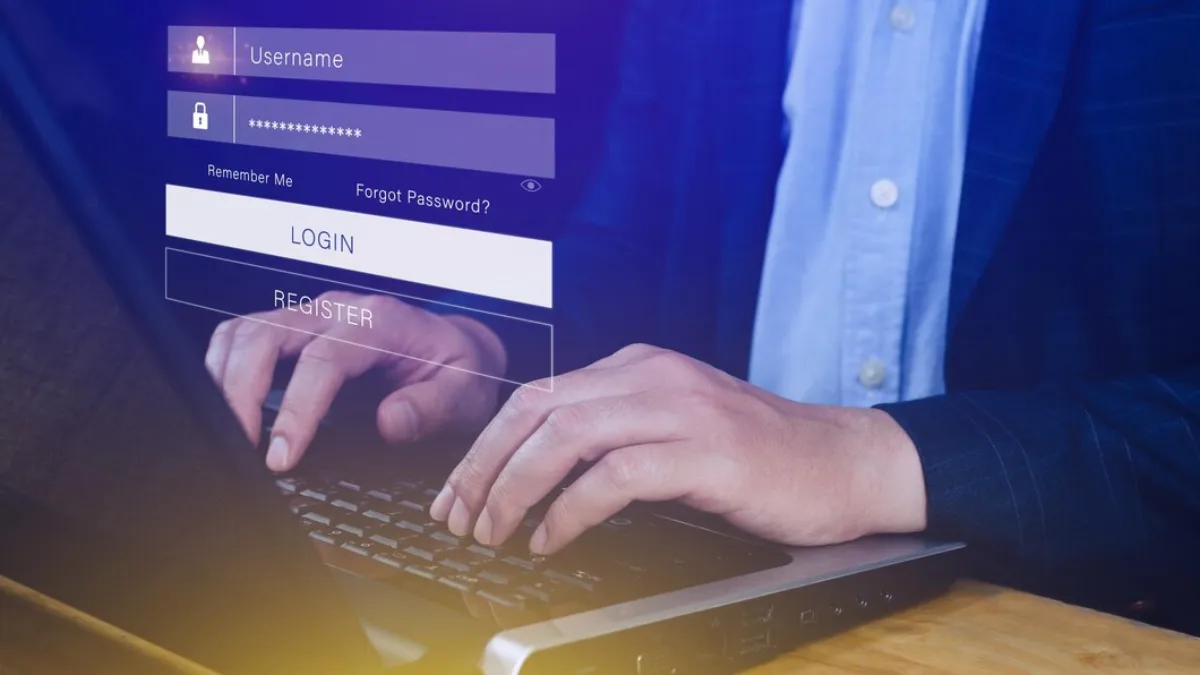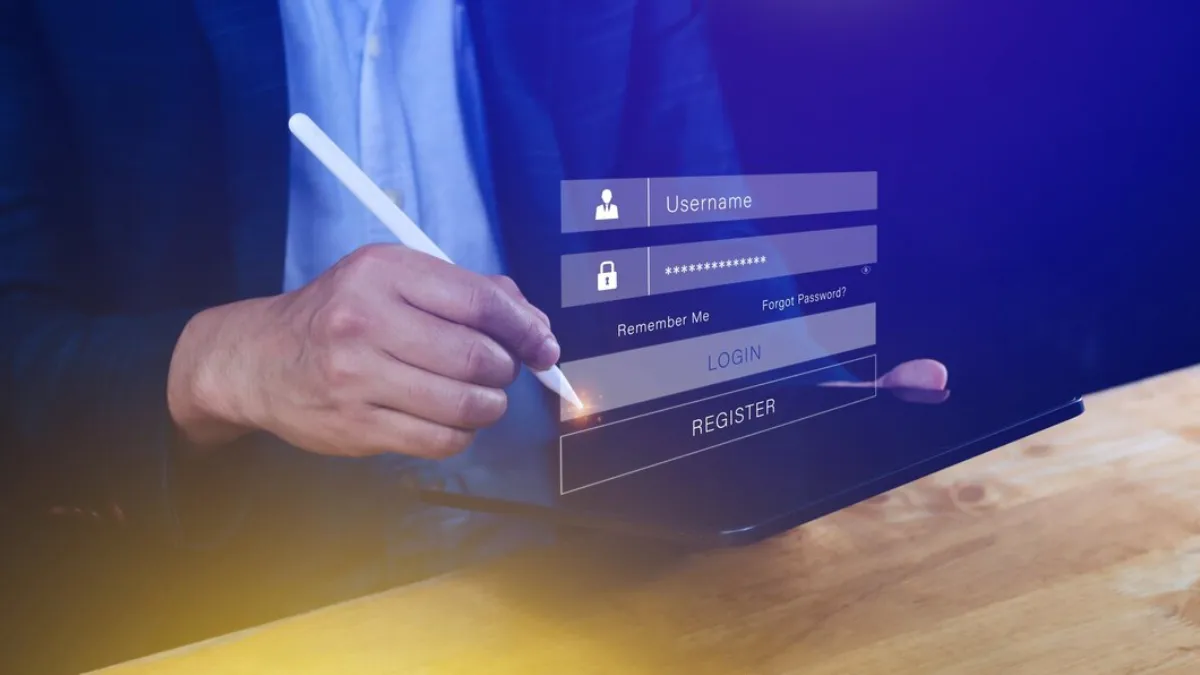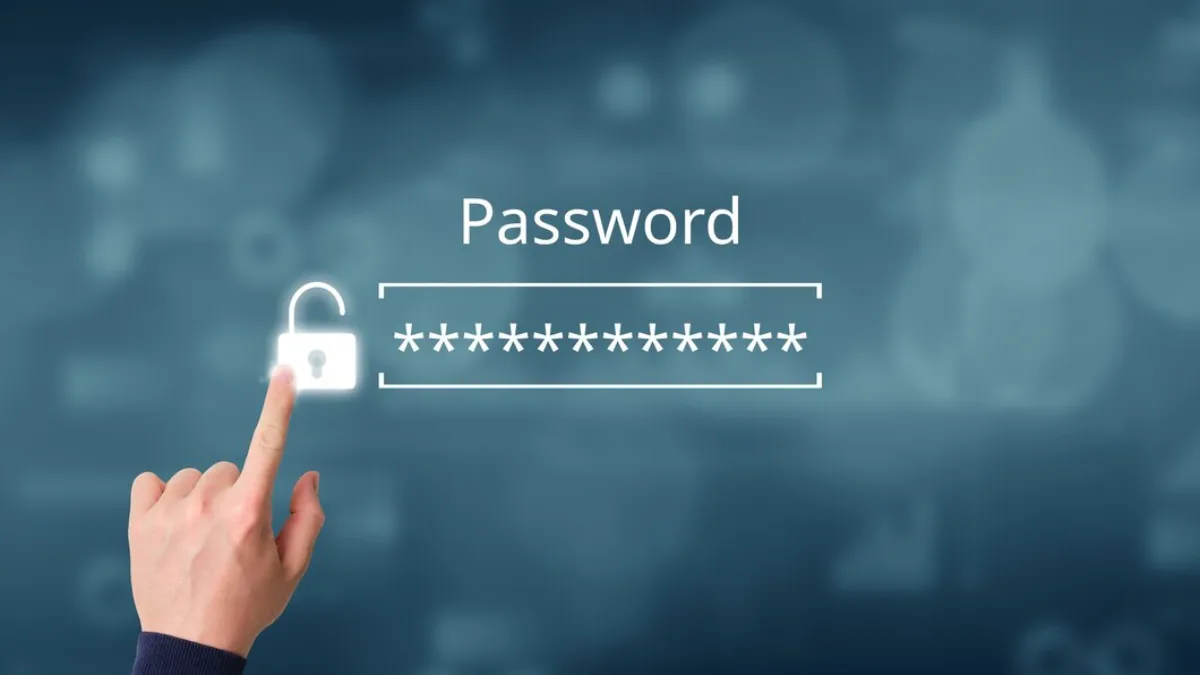
Password Managers: Are They Really Safe?
In today’s digital world, data breaches and cyber threats are common. So, it’s important to keep strong passwords. However, managing multiple complex passwords for different accounts can be overwhelming. This is where password managers come in, offering convenience and enhanced security. But are they truly safe? Knowing how password managers keep your data safe is key. It helps you boost your online security and protect your sensitive information.

What Are Password Managers?
A password manager helps you create, save, and fill in passwords safely. It removes the hassle of remembering many passwords. Instead, it stores them securely in a central vault. You can access everything using just one master password. Top password managers offer features such as two-factor authentication (2FA), safe password sharing, and dark web checks.
There are three main types of password managers:
- Cloud-Based Password Managers: Keep your passwords safe on remote servers. You can access them from different devices. These provide convenience but come with concerns about online vulnerabilities.
- Local Password Managers: They keep your credentials on your device. This lowers the risk of cloud breaches. However, you must back up regularly to avoid losing data.
- Enterprise Password Managers help businesses manage passwords safely. They provide central control and lower the risk of human error among employees.

How Secure Are Password Managers?
Encryption and Zero-Knowledge Architecture
One of the main strengths of password manager security is encryption. Most best password managers use advanced encryption methods such as:
- AES-256 Encryption: This strong encryption keeps passwords safe from unauthorised users, even if there’s a breach.
- Zero-Knowledge Architecture: This means the password manager can’t see your stored passwords. It lowers the risk of insider threats.
- End-to-End Encryption (E2EE): Protects data during transmission and storage, reducing the risk of interception by cybercriminals.
Multi-Factor Authentication (MFA)
To improve password manager security, most services provide MFA. This adds an extra layer of protection. Common MFA methods include:
- Biometric Authentication: It uses fingerprints or facial recognition for secure access. This method reduces the need for traditional passwords.
- Time-Based One-Time Passwords (TOTP): Temporary codes generated by an authentication app, valid only for a short period.
- Hardware Security Keys: These are physical devices that help verify your login. They give you better security.
Secure Password Generation
A password manager helps users make strong, unique passwords. This lowers the risk of credential-stuffing attacks. Features like password strength analysis and automatic password updates further improve cyber hygiene. The best password managers have password generators. These tools make complex, random passwords. They are hard to guess or crack.
Potential Risks of Using a Password Manager
Single Point of Failure
A key criticism of password manager security is relying on one master password. If compromised, attackers could potentially access all stored credentials. To lower this risk, use MFA, a strong and unique master password, and emergency recovery options.
Cloud-Based Vulnerabilities
Cloud-based password managers use encryption for security, but they can still face risks like:
- Data Breaches: If a provider experiences a breach, user data could be at risk. But attackers might struggle to decrypt the stolen information because of encryption.
- Server Downtime: Cloud services can go offline during outages. This means users might not access their passwords.
- Man-in-the-Middle Attacks: If security protocols are weak, attackers can grab unencrypted data during transmission.
Malware and Phishing Attacks
Cybercriminals use malware and phishing attacks to target password manager security vulnerabilities. For example:
- Keyloggers: Can record keystrokes, including master passwords, allowing hackers to access stored credentials.
- Phishing Scams: They can fool users into sharing their credentials. They do this by copying real password manager login pages.
- Malicious Browser Extensions: Some browser extensions can have security flaws. These flaws may be exploited, causing data leaks.

How to Choose the Best Password Manager
When selecting a password manager, consider the following factors:
Security Features
- AES-256 Encryption: Ensures strong data protection against cybercriminals.
- Zero-Knowledge Policy: Prevents even the provider from accessing passwords.
- MFA Support: Adds an extra layer of authentication to protect against unauthorised access.
- Dark Web Monitoring: It alerts users when their credentials show up in data breaches. This lets them take quick action.
Compatibility and Usability
- Cross-Platform Support: It must run on different devices and systems, such as Windows, macOS, Android, and iOS.
- Easy to Use: A simple interface and auto-fill make password management easy.
- Browser Integration: Works with popular browsers such as Chrome, Firefox, Edge, and Safari. This ensures easy access.
Reputation and Reviews
- Independent Security Audits: Check for clear security practices and certifications from cybersecurity firms.
- User Feedback: Check reviews from real users to spot possible problems. Look for issues like service reliability and how quickly customer support responds.
- Track Record: Pick a provider known for solid security and quick responses to issues.
Best Cyber Hygiene Practices for Password Managers
To maximise password manager security, follow these cyber hygiene tips:
- Use a Strong Master Password: Don’t use common words. Mix numbers, symbols, and both uppercase and lowercase letters to make it hard to crack.
- Enable Multi-Factor Authentication: Always turn on MFA for added security to your password manager.
- Update Passwords Often: Change key passwords regularly to avoid long-term security risks.
- Stay Alert for Phishing Attacks: Always check links and login pages. This helps you avoid phishing scams when entering your credentials.
- Log Out from Shared Devices: Always log out from public or shared computers. Staying signed in can let others access your accounts.
- Back-Up Your Encrypted Data: If you use a local password manager, create encrypted backups. This way, you’ll be safe if your device fails.
The Future of Password Manager Security
With evolving cyber threats, password manager security continues to advance. Future developments may include:
- AI Threat Detection: AI helps spot suspicious logins and flags possible security breaches.
- Decentralised Authentication: Blockchain-based password management for enhanced security and decentralised control.
- Passwordless Authentication: This uses biometrics and security keys instead of traditional passwords. It cuts down on the need for password databases.
- Quantum-Resistant Encryption: As quantum computing advances, leading password managers need to adopt encryption that remains secure against quantum decryption techniques.
Are Password Managers Really Safe?
Overall, password managers offer a significant security advantage when used correctly. Strong encryption, MFA, and better cyber hygiene have real benefits. They may have some vulnerabilities, but the advantages far outweigh the risks. Picking a good password manager helps keep you safe online. Using strong security practices is important too. This helps lower the chance of cyber threats linked to credentials.
Cybercriminals keep changing their attack methods. So, it’s important to know about password manager security. Also, using them safely is vital for strong digital defences. A password manager is essential for both personal and business use. It helps protect against cyber threats.


